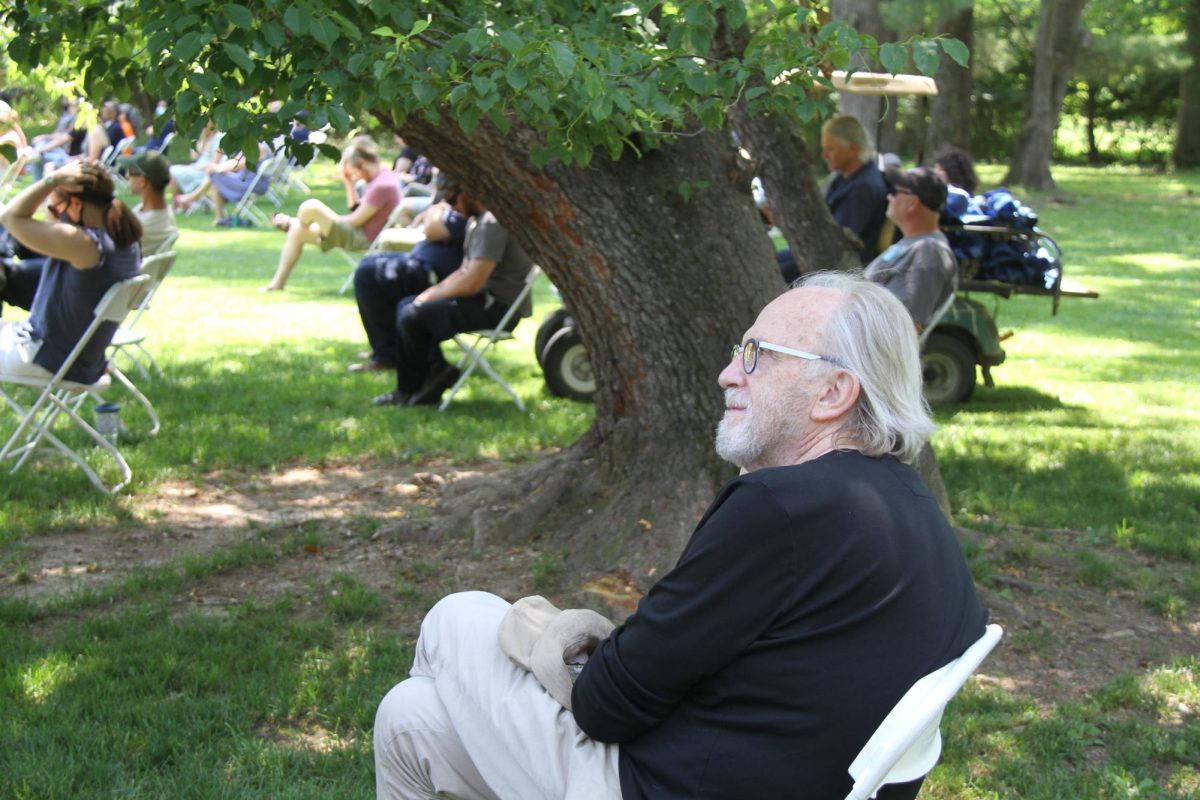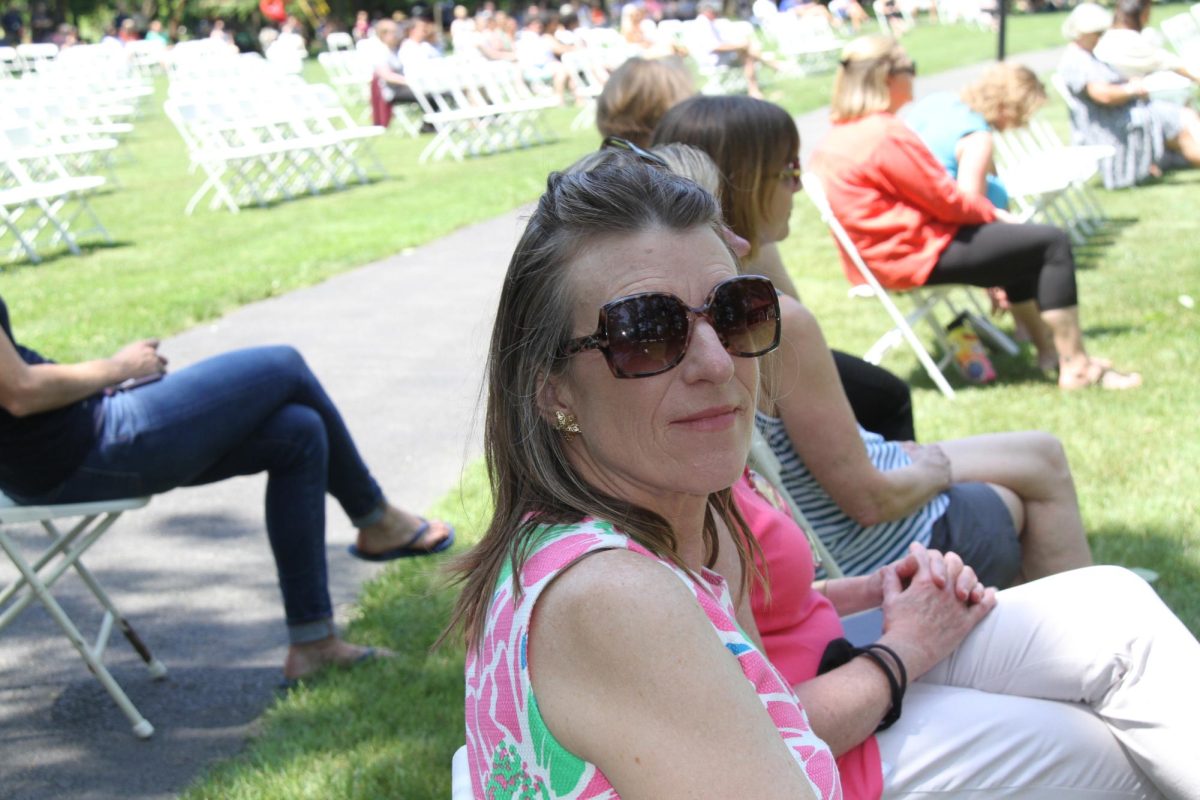When Mr. Burkett was fifty years old and already well-established in his teaching career at prep schools in Ohio, he suddenly decided to apply to the graduate architecture program at the Rhode Island School of Design (RISD).
He had not been particularly interested in architecture before. He noted simply, “my focus was on science. Art was not my thing.” It was certainly ‘spur-of-the-moment,’ but, as Mr. Burkett described it, “challenging. It was exciting.” He quit his teaching job before even hearing back from RISD.
However, perhaps Mr. Burkett’s architectural interest had been culminating since his youth. “When I was 15, I sort of ran across the street to help the neighbor build a little ranch-style house. I just helped him after school. I was handy growing up because my dad always built things,” he reminisced. Once, in his forties, he had taken on building a house in New Mexico, even though he didn’t know how. A past student had asked him simply, “Would you want to come out and build a house with me together?” They spent the summer on the project, under the Western heat. So, Mr. Burkett said, “I had that experience. That got me into RISD. [Even though] I couldn’t write. I can draw. And I can think.”
For three phenomenal years, he studied architecture and landscape architecture with students more than thirty years younger than him. After teaching architecture at a high school in California, he arrived at Princeton Day School in a similarly spontaneous fashion. “I said I didn’t want to go to New Jersey,” he explained, but he took the interview anyway. “I went in, and all of the other people going for jobs were young people… [I figured] they’re going to take me as I am. I’ve been to RISD.” PDS didn’t care about his age. Initially, Mr. Burkett thought the job wasn’t for him. “I walked away from that interview!” he said. “‘I thought, ‘Your school’s not right. Back then, [the architecture studio] was the back room of the shop… they didn’t do anything… it was all about computers.” However, after some convincing, he agreed to take the position.
Now, Princeton Day School’s architecture program is characterized by the intensive, intricate paper models produced by its students . Each one is cut and glued entirely by hand; students spend three or four years perfecting the technique. In Mr. Burkett’s twenty-two years of teaching architecture at PDS, over fifty of the program’s students have continued their studies into college and beyond—a testament to the lasting impact that Mr. Burkett has on the people around him. “Most of them keep in touch with me,” he added.
For Mr. Burkett, the teaching experience has always been important. It’s “where my heart is,” he explained. Teaching “enlarges my experience of life.” As head of the school’s architecture program, he has urged students to think more deeply, always pushing for further insight into a particular concept or idea. “I use something that would ask of the student, each one, to see this process… I need you to go beyond saying, ‘here’s an object.’ [Show me] how to go through, cut up that idea, twist it around, edit it. Have enlightenment, have a moment, have second thoughts. Be stuck. It’s very important,” he stressed.
One of his favorite quotes is by Dan Pink: “High concept involves the capacity to detect patterns and opportunities, to create artistic and emotional beauty, to craft a satisfying narrative, and to combine seemingly unrelated ideas into something new.” This is the foundation of Mr. Burkett’s curriculum. It remains the standard that PDS architecture students will take with them into life, outside the world of architecture. His legacy will truly be missed by the PDS community next year.



